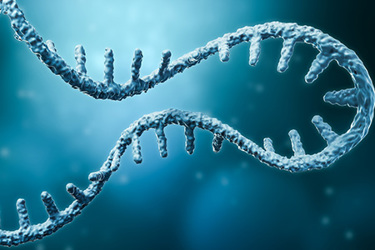Purification Of mRNA By Affinity Chromatography On CIMmultus® Oligo dT Column

Increasing demand for messenger RNA (mRNA) as a therapeutic product requires efficient and scalable purification methods. Research and laboratory scale purification often employs a variety of precipitation approaches. While suitable for small-scale production, chromatographic methods are often preferred in large-scale manufacturing. Chromatography can provide better scalability, improve automation, and reduce the handling of the drug substance.
Different modes of chromatography can be employed for the purification of nucleic acids, including ion exchange, hydrophobic, reversed phase, and affinity chromatography. The latter exploits the hybridization affinity between the poly-A tail on the mRNA and a poly-dT chain coupled to a chromatographic stationary phase. An affinity approach allows rapid implementation with minimal optimization steps.
Here, a monolithic stationary phase is used for the purification of mRNA from a capping mix of Luc2 RNA. The large channels and convective mass transfer within the stationary phase eliminate shear forces and allow high flow rates, which leads to very short purification times and high recoveries.
Get unlimited access to:
Enter your credentials below to log in. Not yet a member of Bioprocess Online? Subscribe today.
